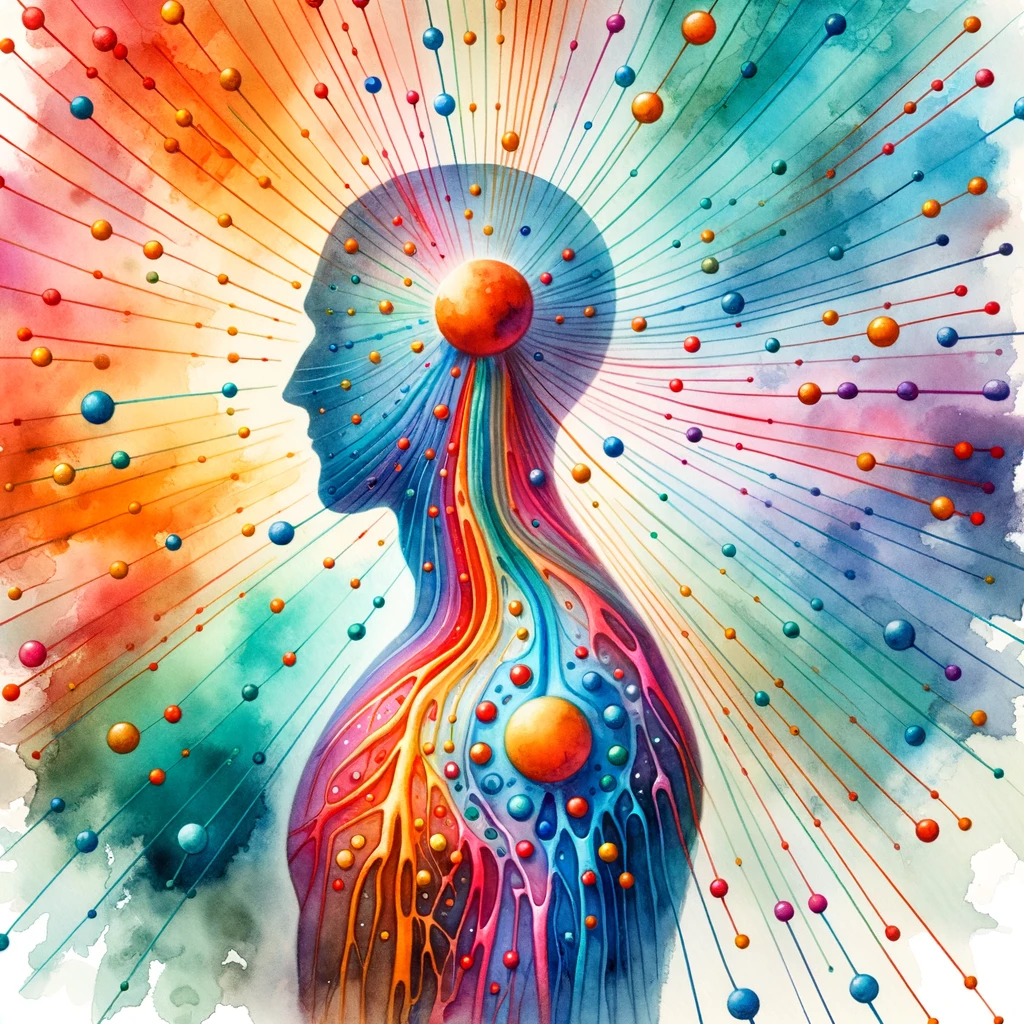Do & Learn
Reflecting on a 6-week clinical practicum, merging Tuina techniques, Taiji principles, and Relational Focusing to guide myself towards holistic harmony.

6 Weeks Interning In My Teacher's Clinic
Walking home from Taiji, I hear a fundamental thought: "I am lacking in some fundamental way."
Fundamental thoughts are those turns of phrase that are on repeat deep within the soma. They organize the felt sense, and orient us in the world. Often imperceptible, they are quiet, background noise, like a stream nearby, unheard until the rest of the noise dies down. At the end of the morning training session my body was quiet and I could better hear the river in the background of my mind.
My immediate impulse is to call this part of myself pernicious, to invalidate it, to deny that some facet of myself still thinks I am lacking. "After all," I scold the voice, "look at all I've accomplished, look at how much work I put it every day to prove to you that I am whole."
And yet... there is no amount of aggression that will convince this part otherwise. It believes what it believes: I am lacking in some fundamental way.
Realizing this, I try the approach I've been learning to apply in Focusing. First, just notice. The voice is quiet, muttering like a disgruntled backseat driver. I can picture it collapsed into its seat, arms crossed, holding a cigarette, eyes shifty and downcast. To this part of myself, angry that it hasn't been heard for so long, frustrated that I've been ignoring it, there is something missing within me.
So I talk to this feeling: "Okay, I'll hear you out. I hear that you think there is some fundamental lack in my being. I feel the rage, I understand the years of bullying, abandonment, and confusion that brought you to this place. It's okay. You're welcome here."
This simple internal act of acceptance does what no amount of inner berating and argument can accomplish. A sense of calm spaciousness spreads through my chest, releasing some of the chronic tightness that still lives there. Now, I thank the voice, for revealing a darkness that still indwells here. The part of me that believes I am fundamentally lacking is in disharmony. It has not gotten the attention it deserves, I have not treated it as a teacher, as a peer from whom I might learn. Giving attention to this shadow, to its anger and frustration, is a lesson to me. It reminds me that physical training alone will never get to the root of my issues.
I've come to a turning point in my studies.
Between mid september and now, I interned in Ethan Murchie's clinic as my final practicum for the foundational training in Chinese Medicine that is offered at the Montreal Gongfu Research Center.
My primary task was treating people using Tuina techniques from the North American Tang Shou Tao's lineage of Jin Shou Tuina as taught to me by Ethan, who learned it working in Vince Black's clinic in Arizona many years ago. Vince learned it during his studies with Hsu-Hong Chi (許鴻基) in Taiwan. Jin Shou Tuina, or Golden Hand Tuina, is the central manual medicine technique of the association, a legacy of Hsu Hong-Chi's renowned healing skills. This method covers a full-body approach emphasizing proper joint alignment and a synergy with gongfu's fluid movements. The technique's spectrum ranges from vigorous to subtle, focusing especially on the spine's joints.
Most weekends, we had a two-day seminar covering some aspect of the medicine we were practicing during the weekdays. We covered craniosacral therapy techniques and their place within the tuina system, the use of herbal poultices and soaks, and an introduction to moxibustion, "moxa", the burning of a prepared artemisia plant for therapeutic effect on the body.
Medical Anthropologist, Classical Chinese scholar, and goat-farmer Sabine Wilms defines Chinese Mecidine as "harmonizing heaven and earth." This is a practice. The ongoing process of tending towards balance between Yin (earth) and Yang (heaven) is always already ongoing. No amount of needles, herbs, and martial arts will accomplish this without an inner disposition that desires harmony. This is something I am learning to do for myself in daily life, that I may be simply present, available to anyone who seeks balance for themselves.
I am now able and available to see clients as a tuina practitioner.
The paperwork is on its way through, it's about to all be official. A career change is happening, and my training and study continues.
The coming years will hold far more learning than I can currently wrap my head around. For the winter, I am studying Applied Channel Theory and the Shānghán Lùn; 傷寒論 (Discussion of Cold Damage), as well as training in Taiji and Xingyiquan.
The 6 weeks of clinic were profoundly transformative. I went into it not knowing whether I was cut out to be a bodyworker, not knowing whether I would be up to the task. Now, I realize that even as I have a lifetime of learning ahead of me, I can at least follow the feeling, follow that felt sense of my body and another's body, and help harmony find its way back into our bodies.